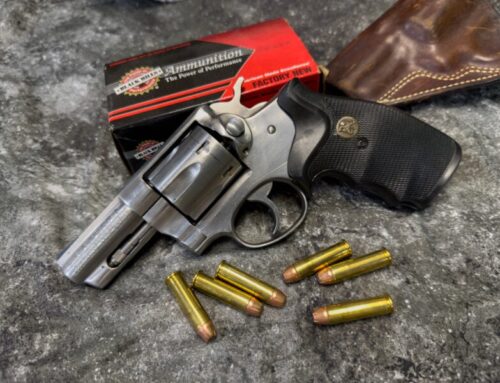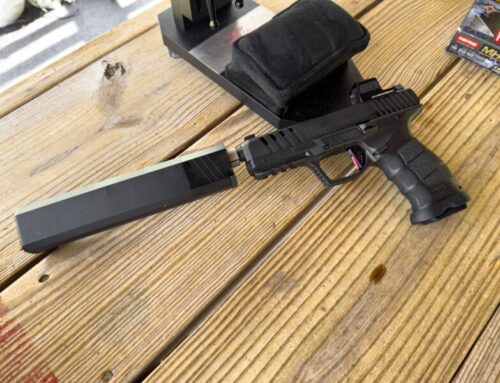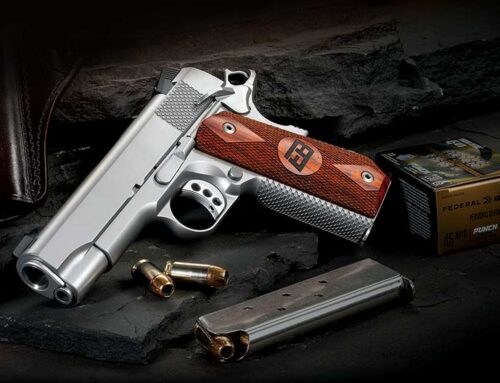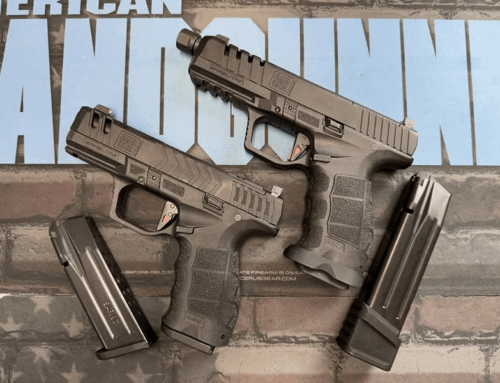Meet Edwin. He’s a stud muffin – mainly because he walks around dressed in full WWI battle regalia.
All his buddies in the U.S. Army 79th Infantry Division think he’s a total bro because he’s a new BAR man. BAR as in Browning Automatic Rifle that is.
Edwin has come to war equipped with a cup, as all good privates should. Mainly so the private can protect his privates. It’s not like you think, however, as Edwin’s cup, or pocket, protects him in an entirely different way. Offensively, not defensively.
Early BAR men were issued an automatic rifleman’s belt with a special metal “cup” between the BAR magazine pouches and pistol magazine pouch. This cup was intended to support the BAR’s stock as the shooter fired from the hip in a concept called “walking fire.”
The idea behind this was to make an automatic weapon portable enough to accompany advancing troops. The Vickers Machine Gun was a tad too bulky and heavy for this use, even by a hunk like Edwin, and the Chauchat Machine Rifle, which was portable, was entirely French in terms of reliability and performance. Enough said.
Enter the Browning Automatic Rifle. Awfully heavy to shoulder fire under control while dashing across the shell-cratered battlefields of France, designers developed the ‘walking fire‘ concept. The stock was snugged in to a pocket or cup on the shooters ammo belt, thereby supporting some of the weight of the rifle and allowing a semblance of controlled hip firing. Historians are unclear as to whether elite troops like the German salsa-dancing belt buckle guard were specifically recruited. Among other problems with the ‘walking fire’ concept was that the very first BAR’s featured a top mounted ejection port. Of course, only those who minded brass being ejected straight into their face while attacking the huns considered the ejection system a problem.
Admit it. We all have been known to ‘dig for gold‘ now and then, but very few of us would voluntarily choose to cleanse our nasal passages with burning hot .30-06 brass at a rate of 500 to 650 rounds per minute. Semi-automatic maybe, but no way would I give up my favorite nose-clearing pinkie finger in favor of steaming brass ejecta.
As you can imagine, early testers, even those with serious allergies, complained. Something had to be done. So Mr. Browning went back to the drawing board and relocated the ejection port to the side of the BAR’s receiver. Burning booger problem solved.
And now you know the real story behind development of the BAR’s side mounted ejection system.










Leave A Comment